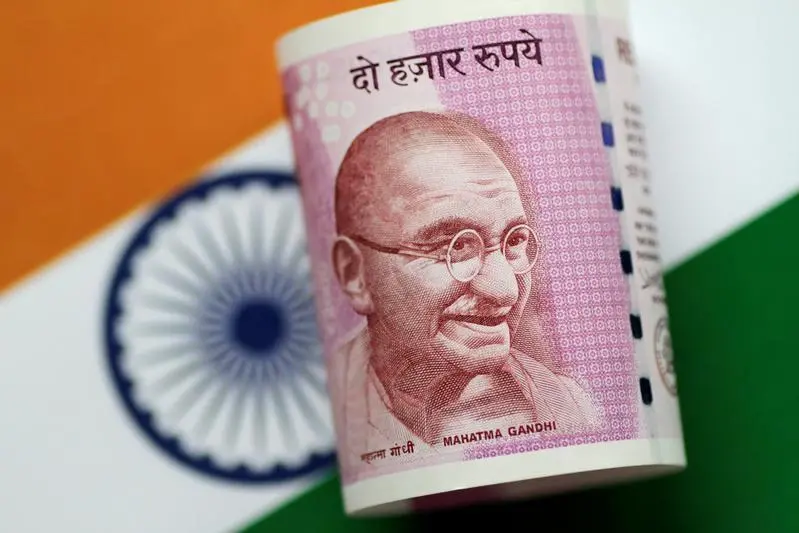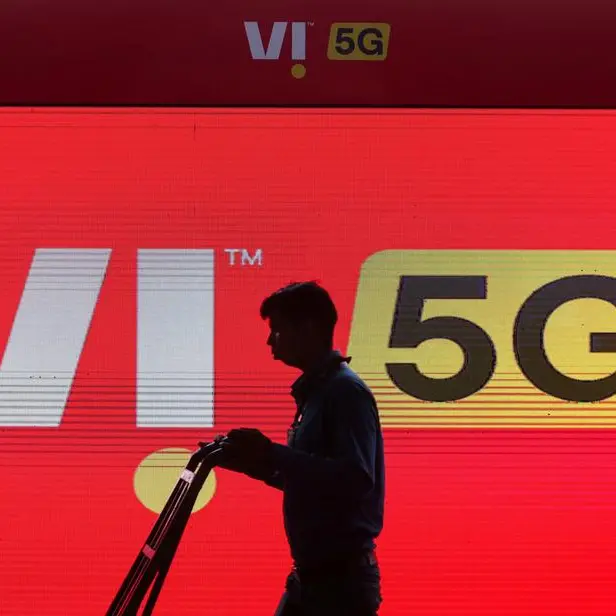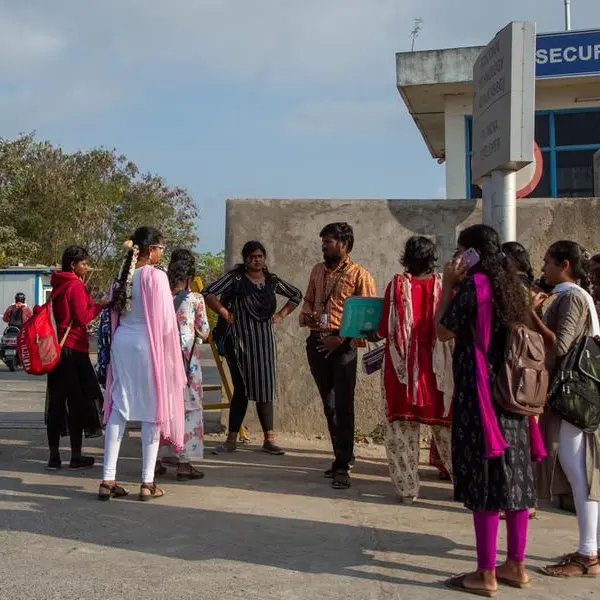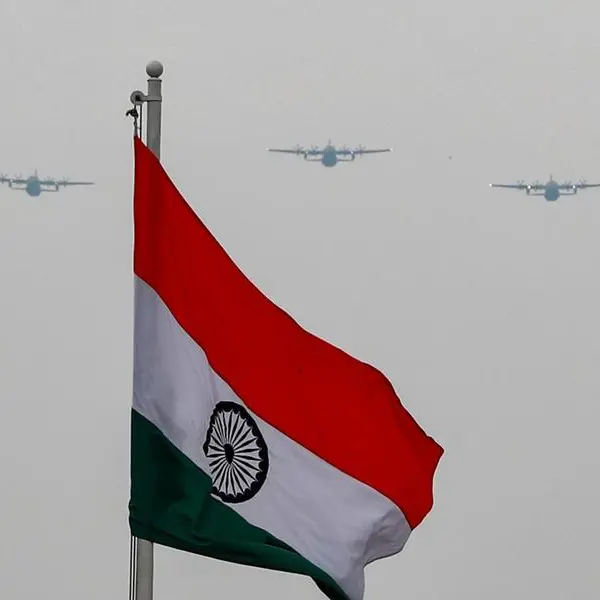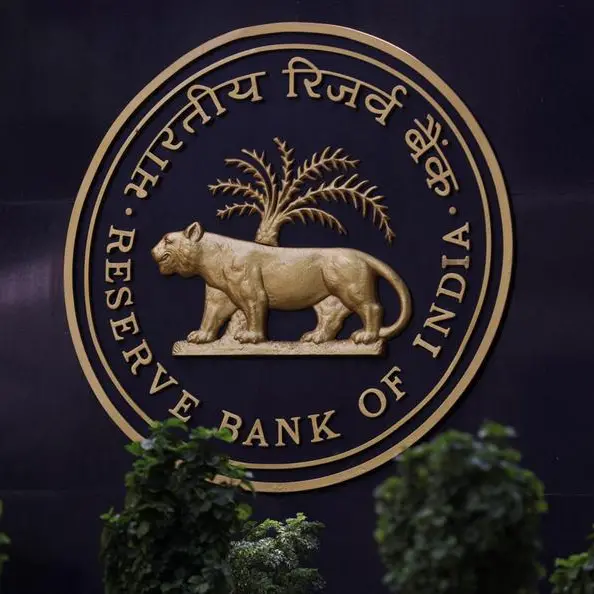PHOTO
The Indian rupee ended stronger on Thursday, boosted by inflows into domestic sovereign bonds a day before their inclusion in JPMorgan's emerging market debt index, but dollar demand from local oil companies capped further gains.
The rupee ended at 83.46 against the U.S. dollar, up 0.1% from its close at 83.57 in the previous session.
The currency rose to an intra-day peak of 83.44, but dollar demand from domestic oil firms put a lid on gains, traders said.
Indicators in India's foreign exchange market signalled likely dollar inflows, with traders citing persistent dollar offers from large foreign banks, most likely on behalf of custodial clients.
Market participants expected passive inflows related to the index inclusion on Thursday and Friday, even as overall foreign buying in bonds through the fully accessible route has crossed $10 billion since the inclusion announcement last September.
The benchmark 10-year bond was quoted at 100.70 rupees, with the yield unchanged at 6.9978%, while the 10-year U.S. bond yield extended its rise during Asian hours after climbing 8 basis points (bps) on Wednesday.
Meanwhile, Indian benchmark equity indexes, the S&P BSE Sensex and Nifty 50, climbed to record highs on the day and ended the session up about 0.7% each.
The dollar index was down 0.1% at 105.9 on while most Asian currencies ticked higher. Traders are also keeping an eye on further weakening of the Chinese yuan and the Japanese yen, which could spillover and hurt the rupee.
"Asian FX remains under huge pressure amid high-for-longer U.S. interest rates. A reversal of fortunes for regional currencies does not appear to be on the cards yet," Lloyd Chan, senior currency analyst at MUFG Bank, said in a note.
While bearish bets on most Asian currencies have risen, the Indian rupee remains the least shorted currency in the region, according to a Reuters poll. (Reporting by Jaspreet Kalra; Editing by Sonia Cheema)
